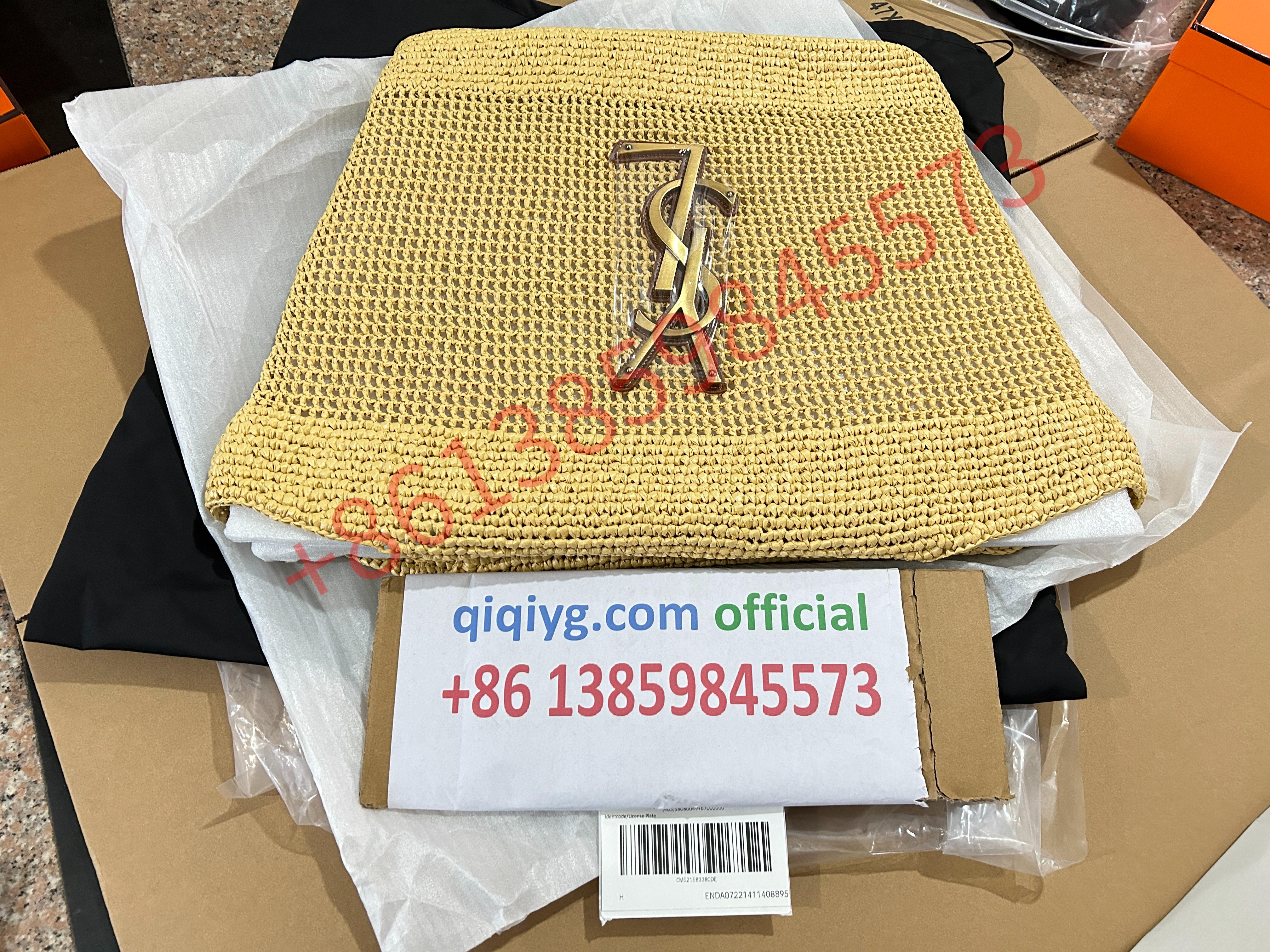OTD via: SIERRA HOTEL AERONAUTICS
·
February 20th, 1962 11:03 UTC; John Glenn boarded the Friendship 7 spacecraft.
The hatch was bolted in place at 12:10 UTC.
The gantry was rolled back at 13:20 UTC.
At 14:47 UTC, after two hours and 17 minutes of holds and three hours and 44 minutes after Glenn entered Friendship 7, engineer T.J. O'Malley pressed the button in the blockhouse launching the spacecraft.
At liftoff Glenn's pulse rate climbed to 110 beats per minute.
Thirty seconds after liftoff the General Electric-Burroughs designed guidance system locked onto a radio transponder in the booster to guide the vehicle to orbit. As the Atlas and Friendship 7 passed through Max Q Glenn reported, "It's a little bumpy about here." After Max Q the flight smoothed out. At two minutes and 14 seconds after launch, the booster engines cut off and dropped away. Then at two minutes and twenty-four seconds, the escape tower was jettisoned, right on schedule.
After the tower was jettisoned, the Atlas and spacecraft pitched over still further, giving Glenn his first view of the horizon. He described the view as "a beautiful sight, looking eastward across the Atlantic."
Glenn received word that the Atlas had boosted the MA-6 into a trajectory that would stay up for at least seven orbits. Meanwhile, computers at the Goddard Space Flight Center in Maryland indicated that the MA-6 orbital parameters appeared good enough for almost 100 orbits.
John Glenn and "Friendship 7" made three orbits of the Earth, making Glenn the first American to orbit the Earth.
After four hours and 56 minutes in flight the spacecraft re-entered the Earth's atmosphere, splashed down in the Atlantic Ocean and was safely taken aboard the USS Noa.
On a side note, earlier in his flying career, Glenn was next assigned to VMF-311 flying the new F9F Panther jet interceptor. He flew his Panther for 63 combat missions during the Korean War, gaining the dubious nickname "magnet ass" from his apparent ability to attract enemy flak.
Twice he returned to base with over 250 flak holes in his aircraft.
www.Sierrahotel.net
OTD via: SIERRA HOTEL AERONAUTICS
·
February 20th, 1962 11:03 UTC; John Glenn boarded the Friendship 7 spacecraft.
The hatch was bolted in place at 12:10 UTC.
The gantry was rolled back at 13:20 UTC.
At 14:47 UTC, after two hours and 17 minutes of holds and three hours and 44 minutes after Glenn entered Friendship 7, engineer T.J. O'Malley pressed the button in the blockhouse launching the spacecraft.
At liftoff Glenn's pulse rate climbed to 110 beats per minute.
Thirty seconds after liftoff the General Electric-Burroughs designed guidance system locked onto a radio transponder in the booster to guide the vehicle to orbit. As the Atlas and Friendship 7 passed through Max Q Glenn reported, "It's a little bumpy about here." After Max Q the flight smoothed out. At two minutes and 14 seconds after launch, the booster engines cut off and dropped away. Then at two minutes and twenty-four seconds, the escape tower was jettisoned, right on schedule.
After the tower was jettisoned, the Atlas and spacecraft pitched over still further, giving Glenn his first view of the horizon. He described the view as "a beautiful sight, looking eastward across the Atlantic."
Glenn received word that the Atlas had boosted the MA-6 into a trajectory that would stay up for at least seven orbits. Meanwhile, computers at the Goddard Space Flight Center in Maryland indicated that the MA-6 orbital parameters appeared good enough for almost 100 orbits.
John Glenn and "Friendship 7" made three orbits of the Earth, making Glenn the first American to orbit the Earth.
After four hours and 56 minutes in flight the spacecraft re-entered the Earth's atmosphere, splashed down in the Atlantic Ocean and was safely taken aboard the USS Noa.
On a side note, earlier in his flying career, Glenn was next assigned to VMF-311 flying the new F9F Panther jet interceptor. He flew his Panther for 63 combat missions during the Korean War, gaining the dubious nickname "magnet ass" from his apparent ability to attract enemy flak.
Twice he returned to base with over 250 flak holes in his aircraft.
www.Sierrahotel.net








